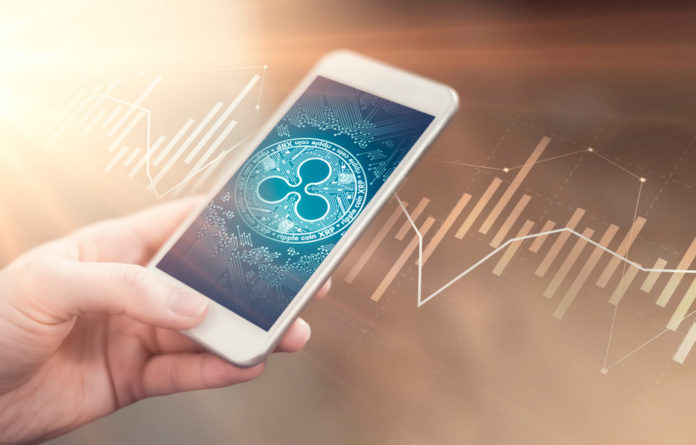
How, what? Yes, you heard right: With Ripple payments are now possible by mobile phone. The idea is not new: WeChat from China invented it and has a virtual monopoly on digital payments via smartphone in the People’s Republic. However, a comparable solution for cryptocurrencies has so far been missing. With XRP Text, a service is born that could at least stun the race for the usability of digital currencies.
What is XRP Text?
One thing in advance: Registration is not necessary. All users need are the phone numbers of the transaction partners.
Transfers then work as follows: The user first selects whether he or she wants to use the SMS service or the telegram integration of XRP text. Once the decision has been made, it can start. By sending commands to certain Ripple phone numbers, users can communicate with the XRP Text bot and order money transfers. It is sufficient to have the mobile number of the payee at hand. According to the website, recipients do not even have to be in the possession of a wallet in order to receive money.
And how much is it?
According to the developers, the payment service is cost-effective. XRP Text works with the telecommunications service provider Twilio. Transactions will then incur the usual Twilio fees of $ 0.01 to $ 0.09. According to the website, these are first converted into XRP and debited from the customer’s account. International transfers are more expensive than domestic ones. If you want to be sure, the fees can be calculated here in advance.
Payment services that only work with the help of a smartphone are one of the great promises of cryptocurrencies. XRP Text may still be in beta and sound like a niche. The service is nonetheless an important step towards smartphone integration of digital currencies.
The adoption rate of M-Pesa in Kenya shows that this type of payment is a promising option for the financial integration of developing countries. In the East African state, it is common practice to order payments by SMS. In the country that makes perfect sense, because bank accounts are sparsely sown. Only about 20 percent of Kenyans have access to rudimentary financial intermediation.
Compared with this, the smartphone integration of payment services in this country is progressing more than slowly. Maybe the ripple rush is a tentative attempt to get things going.
image by shutterstock

TheBitcoinNews.com – Bitcoin News source since June 2011 –
Virtual currency is not legal tender, is not backed by the government, and accounts and value balances are not subject to consumer protections. TheBitcoinNews.com holds several Cryptocurrencies, and this information does NOT constitute investment advice or an offer to invest.
Everything on this website can be seen as Advertisment and most comes from Press Releases, TheBitcoinNews.com is is not responsible for any of the content of or from external sites and feeds. Sponsored posts are always flagged as this, guest posts, guest articles and PRs are most time but NOT always flagged as this. Expert opinions and Price predictions are not supported by us and comes up from 3th part websites.
Advertise with us : Advertise
Our Social Networks: Facebook Instagram Pinterest Reddit Telegram Twitter Youtube










